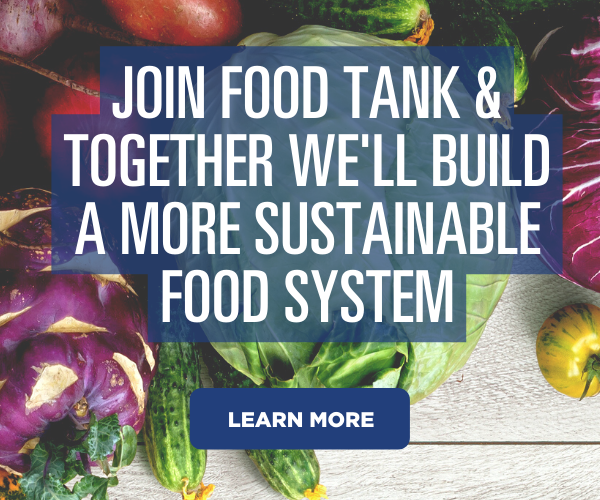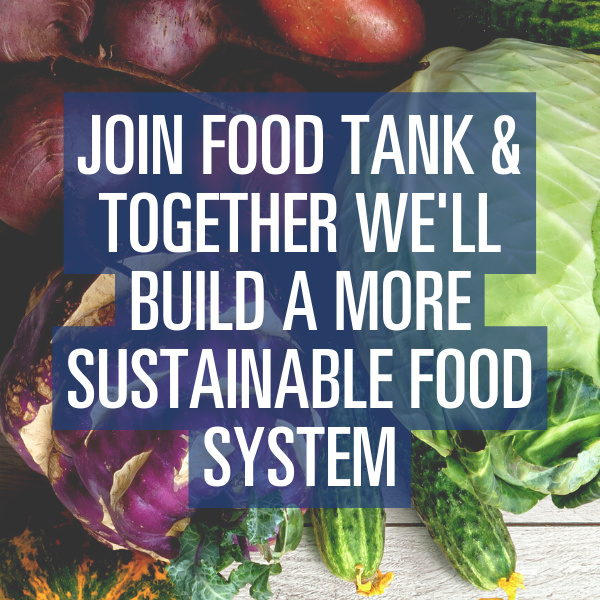More than US$489 million worth of food assistance has been stalled in transit and storage due to confusion over federal guidance, according to a recent report from the U.S. Agency for International Development (USAID) Office of Inspector General (OIG). This uncertainty puts taxpayer-funded food at risk of spoilage and could prevent essential food and medical care from reaching those who need it most.
While the future of USAID is uncertain, over half a billion metric tons of international food aid sits “at ports, in transit, and in warehouses at risk of spoilage, unanticipated storage needs, and diversion,” the OIG report states. This total includes approximately 29,000 metric tons in Houston, Texas, 40,000 metric tons in Djibouti, 10,000 metric tons in South Africa, and 500,000 additional metric tons already at sea or awaiting shipment.
USAID and its subsidiaries buy commodity crops like corn, wheat, and sorghum (also known as milo) from American farmers, simultaneously providing income for U.S. producers and delivering essential services abroad. The U.S. provided approximately US$70 billion in international aid—not including most military aid—in 2023, according to Pew Research Center, representing about 1 percent of the federal budget.
The report explains that “emergency food aid commodities supplied by U.S. manufacturers and American farmers” are regularly stored in USAID’s Bureau of Humanitarian Aid warehouses in the United States as required by law, sourced from American farmers and funded by Title II Food for Peace and Community Credit Corporation programs. “Because this funding source was not included under the Secretary’s emergency food assistance waiver, these commodities were held in limbo,” the report reads.
In addition to this current potential food waste, the loss of some USAID programs could lead to future domestic food waste and loss of income for farmers. About 40 percent of international food aid from the U.S. is sourced from American farmers and manufacturers, according to a 2021 report by the Congressional Research Service.
Kansas farmers have expressed concern over crop waste without the USAID as a buyer. The Title II Food for Peace program under USAID, has routinely purchased surplus crops from farmers and distributed them with the goal of reducing world hunger and advancing international relationships.
“Kansas farmers take great pride in Food for Peace and the impact the program and American commodities have had on feeding the world,” said Chris Tanner, Kansas Association of Wheat Growers President. U.S. Senator Moran (R-KS) and U.S. Congressmember Tracey Mann (R-KS) have proposed legislation that would move Food for Peace to the U.S. Department of Agriculture (USDA). On February 12, a spokesperson for the U.S. State Department said that Secretary Marco Rubio is coordinating with the USDA to resume Food for Peace.
Anti-food waste advocates are alarmed about the potential waste caused by USAID interruptions. “When the food doesn’t get to where it needs to go, it winds up in a landfill, and that has devastating effects,” says Ashley Stanley, CEO of the Massachusetts nonprofit food recovery organization Spoonfuls.
Although Rubio’s initial “stop work” order to USAID included exceptions for emergency assistance, “recent widespread staffing reductions across the Agency … coupled with uncertainty about the scope of foreign assistance waivers and permissible communications with implementers, has degraded USAID’s ability to distribute and safeguard taxpayer-funded humanitarian assistance,” the report states. The author of the report, Paul Martin, was fired the day after it was released.
Secretary Rubio defended the administration’s actions, stating, “We are walking away from foreign aid that’s dumb, that’s stupid, that wastes American taxpayer money.”
Articles like the one you just read are made possible through the generosity of Food Tank members. Can we please count on you to be part of our growing movement? Become a member today by clicking here.
Photo courtesy of Carlos Aranda, Unsplash










